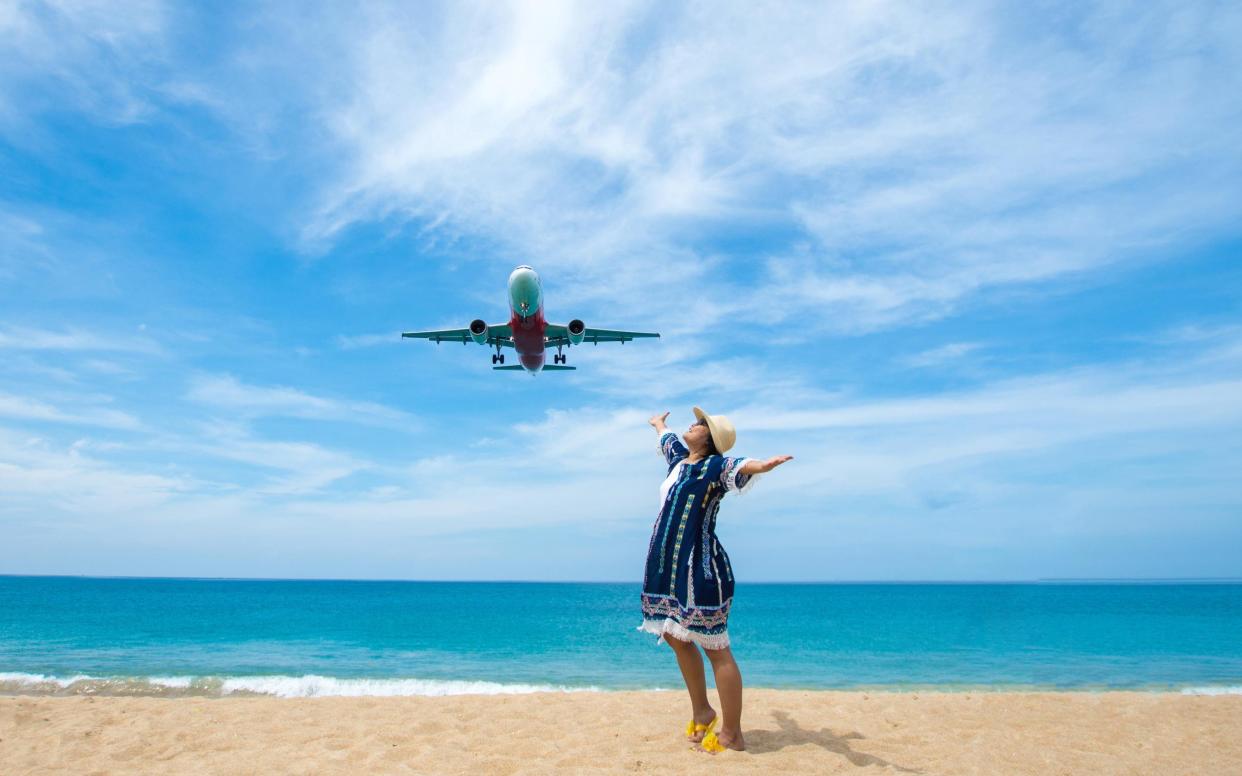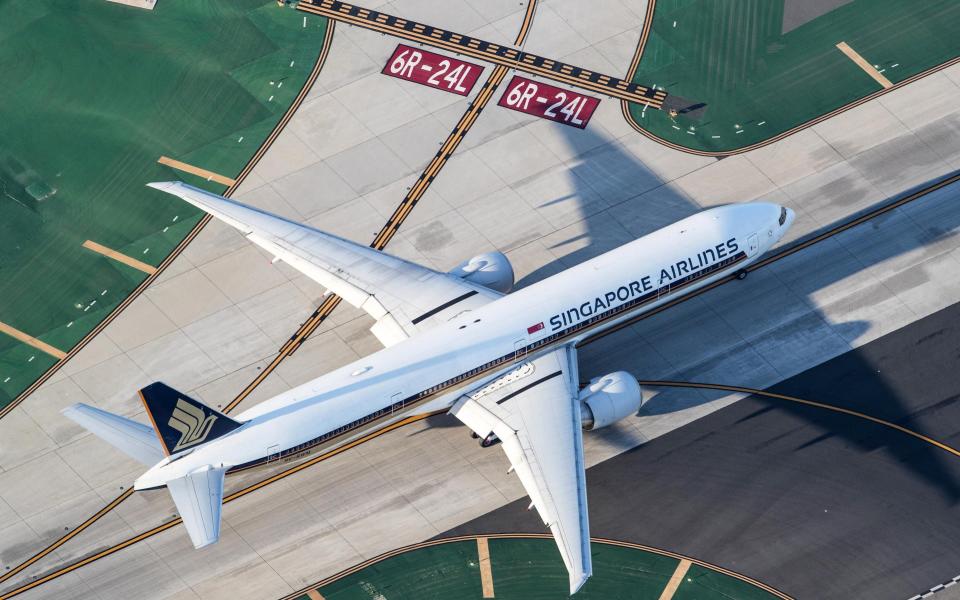Inside the race to get airline crews vaccinated – and holidays back on track

For the last couple of months some of the world's biggest airlines have been locked in an unofficial race. Not to win a new route, unveil a new business-class bed, or contest the world's longest flight – but a race to become the first airline to fully vaccinate their crews against Covid-19.
In January, Emirates rolled out a mass vaccination programme scheduling crew for jabs as a part of their duties. Etihad, which for the last few months has ordered their crew to remain locked inside their apartments between flights, followed hot on the heels of their Middle Eastern rival inoculating crew with the Sinopharm vaccine. But it is Singapore Airlines that has come out victorious: last week, flight SQ956 from Singapore to Jakarta became the first commercial flight to be operated by pilots and cabin crew who are fully vaccinated against Covid.
But vaccination is just one part of the picture in the still turbulent aviation landscape of 2021. When the pandemic hit, about 2.7 million people around the globe were working for airlines. A year on, thousands have lost their job. In the UK, over 6,000 jobs have gone at British Airways, 5,000 at Virgin Atlantic and 1,400 at EasyJet. Europe has fared little better with nearly 50,000 aviation job losses at Lufthansa, 5,000 jobs shed at KLM, and 7,500 staff cuts at Air France. Then there are thousands of aviators who are on furlough, or unpaid leave – all wondering when, and if, they might fly again.
"It's a year today since my last flight," says one cabin crew member from Canada, where all non-essential travel is currently banned, and low-cost carrier Air Canada Rouge has suspended all operations until the end of April. "The tunnel still looks dark," he adds. Elsewhere in the Americas, the world said goodbye to one of its largest airlines, Chile's LATAM, and one of its oldest airlines, Colombia's Avianca, both of which filed for bankruptcy in 2020.
In the United States, several regional airlines have gone bust and between 30,000 and 50,000 airline workers have been laid off across the industry, including 13,000 job losses at American Airlines just last week. Although it's not all doom and gloom; after months of furloughing staff Delta are now recalling some of their crew and adding destinations, including Miami and Los Cabos, Mexico; and Jetblue have revealed their new business class Mint Suite for launches from New York and Boston to London, which are still expected to go ahead this summer.

There is still little cause for optimism in Asia, however, where the majority of borders have been closed since March 2020, and airlines have seen their passenger traffic fall by as much as 99 per cent.
Thai Airways have retired their Airbus A380 fleet and laid off hundreds of pilots. Cathay Pacific have been forced to cut their already meagre flight schedule even further – due to new government regulations requiring crew to quarantine for 14 nights in a hotel followed by seven nights at home. Philippine Airlines has made 2,300 staff redundant. Only Singapore Airlines offers a glimmer of hope with its new fully-vaccinated crew and a small increase in passenger numbers for the first time since Covid restrictions were introduced.
'It's fantastic that we are virtually virus free,' wrote one Qantas long-haul crew member on an online forum for flight attendants. 'But the downside is locked borders and no travel – 2023 or 2024 is our predicted return date. The aviation industry here is crippled.' State border closure have meant that even domestic travel has struggled in Australia. Unlike its Covid-beating neighbour New Zealand.
"We operating nearly as normal, with just the addition of face masks" says a New Zealand regional crew member. "International borders are still closed so lots of domestic and regional travel is being pushed." New Zealand, which has suffered just 2,324 coronavirus cases and 25 deaths, is now planning to establish a travel bubble with the Cook Islands and Niue by the end of March and a trans-Tasman travel bubble with Australia by the end of April, based on a shared approach to Covid-19 and border controls.
With the first generation of Covid vaccines thought to be unlikely to stop transmission, it might be that bubbles rather than needles will offer the first path to reviving airlines and resuming safe international travel.

